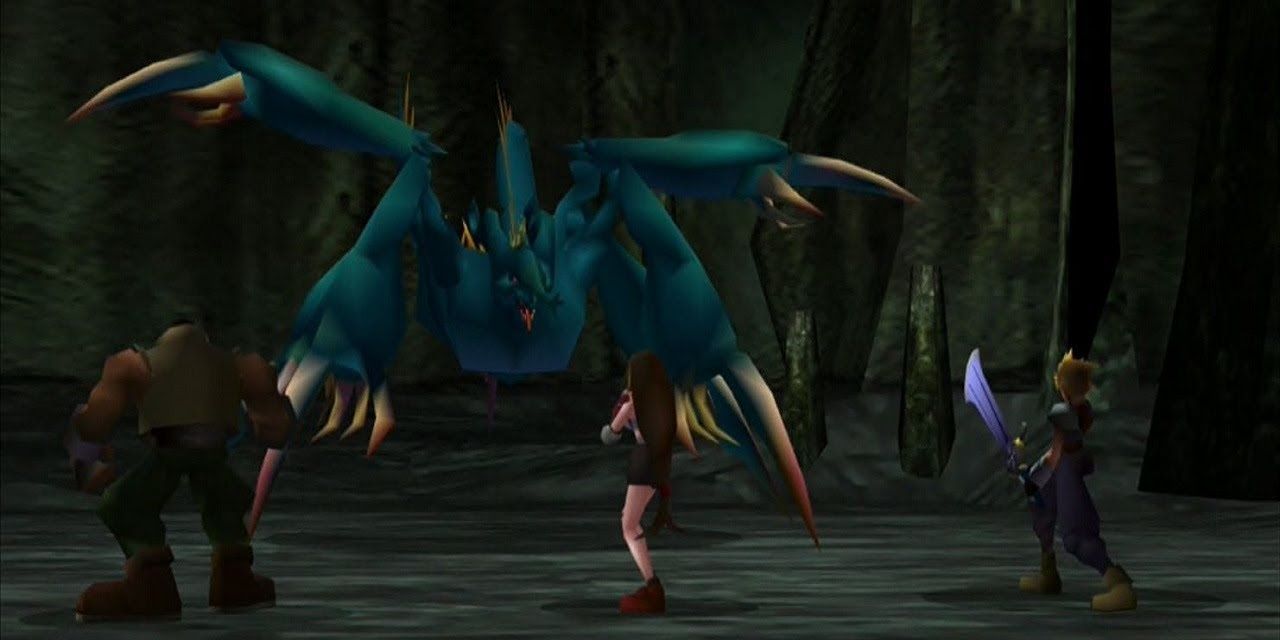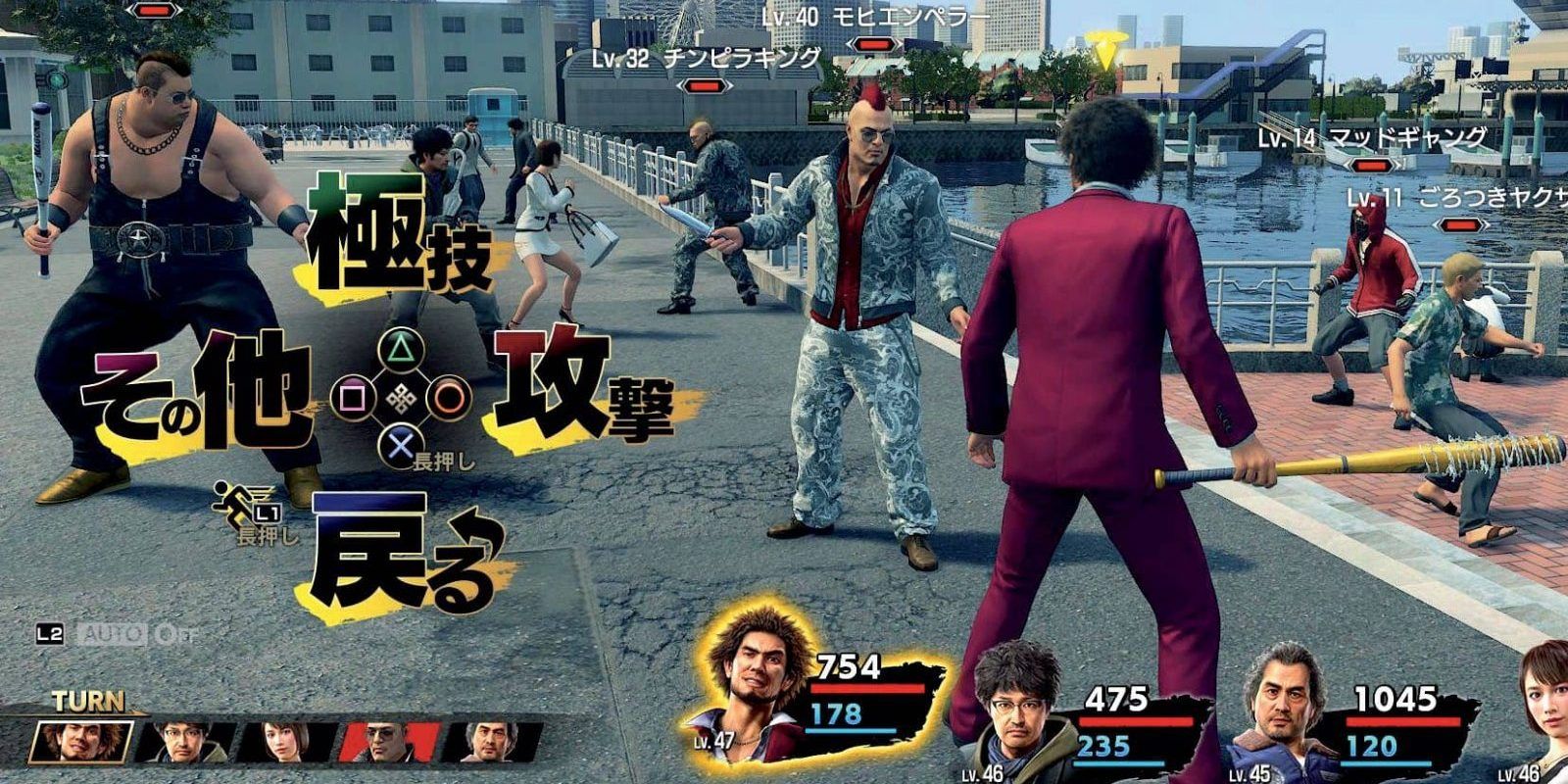Random encounters have been a staple of roleplaying video games since 1981's Wizardry, and the immense success of the Dragon Quest and Final Fantasy franchises -- and their heavy use of random encounters for decades -- have made the genre convention a cultural mainstay. A sudden, abrupt transfer between exploration and an entirely separate battle system was a necessity of the time when these games were first finding their footing. However, modern video game design has little place for this old system of enemy placement.
Ideally, random encounters serve a few key functions. They introduce tension, as a player never knows exactly how difficult the next fight will be or when it will come; they drain resources in a semi-controlled manner, making bosses more threatening; and they create a clear delineation between modes of play, meaning that when a player gets into a fight, they know exactly what's expected of them. But as game design has evolved, those purposes have been served by better, more engaging design for years.
Games like Chrono Trigger managed to keep much of the spirit of random encounters, but by carefully curating each level and having specific encounters be keyed to single locations, the game was able to drain player resources and create tension while doing away with the tedium of screen-changes and the perceived unfairness that can come with an unluckily spawned encounter. Likewise, the Tales series moved from random encounters to maps filled with enemies that transition to a fight if the player contacts them, allowing players to avoid most fights they don't want while still allowing for tension by making enemies chase the players. Even the recent Yakuza: Like a Dragon uses this style of encounter. This system has the added benefit of allowing players to engineer an ambush on enemies, rather than hoping for a lucky "pre-emptive strike" chance -- a benefit that was perfected by the Persona series with Persona 5, which allows the player to zip around the environment and ambush enemies for the upper hand in an otherwise difficult and punishing game.
While random encounters can be made less troublesome and more predictable, their continued use is a dated practice that's best as an appeal to nostalgia rather than a staple of game design. Even the Pokémon series, which has built its entire identity around getting attacked randomly by Pokémon in tall grass or caves, has begun introducing non-random encounters that players have to make physical contact with.
The generation that grew up with random encounters may look fondly on those days, but culture and game design marches on and modern JRPGs are better than they've ever been, and the move away from random encounters is no small part of that fact. Whether it's removing turn-based combat altogether in favor of action like the Final Fantasy 7 Remake or simply repackaging the game's encounters to be something the player has control over as Tales, Yakuza, Persona, or even Pokémon have done, random encounters are going extinct and JRPGs are all the better for it. We should all collectively show thanks for the system getting the genre to where it is today, but be thankful that it can grow past its roots into something new, unique, and exciting.


